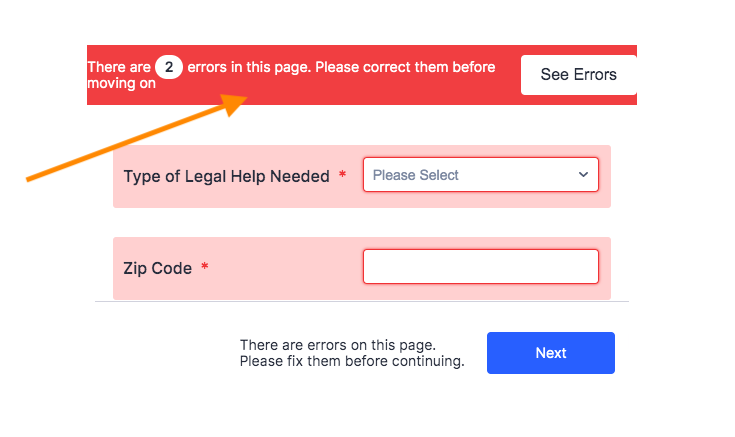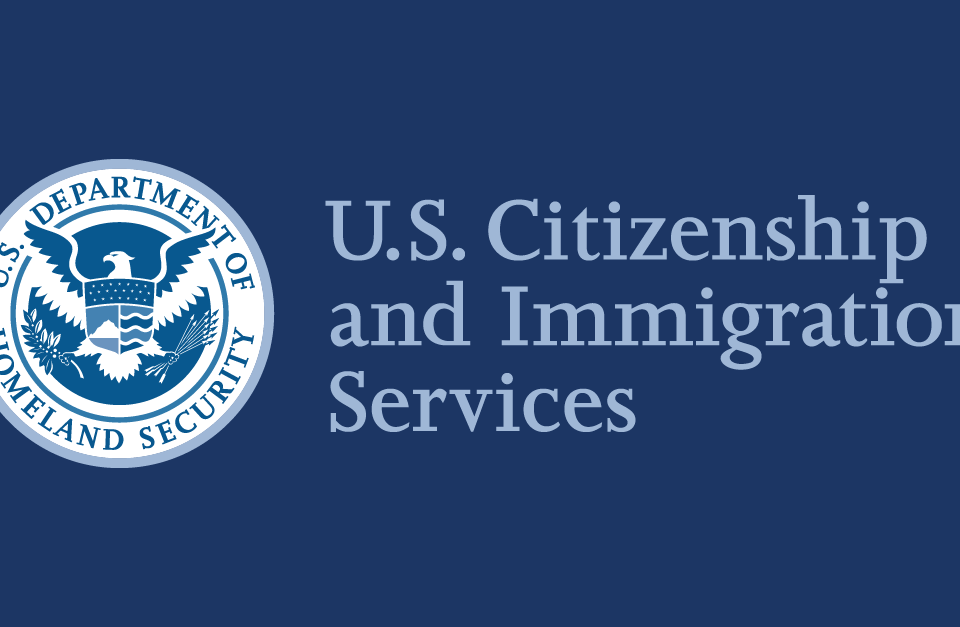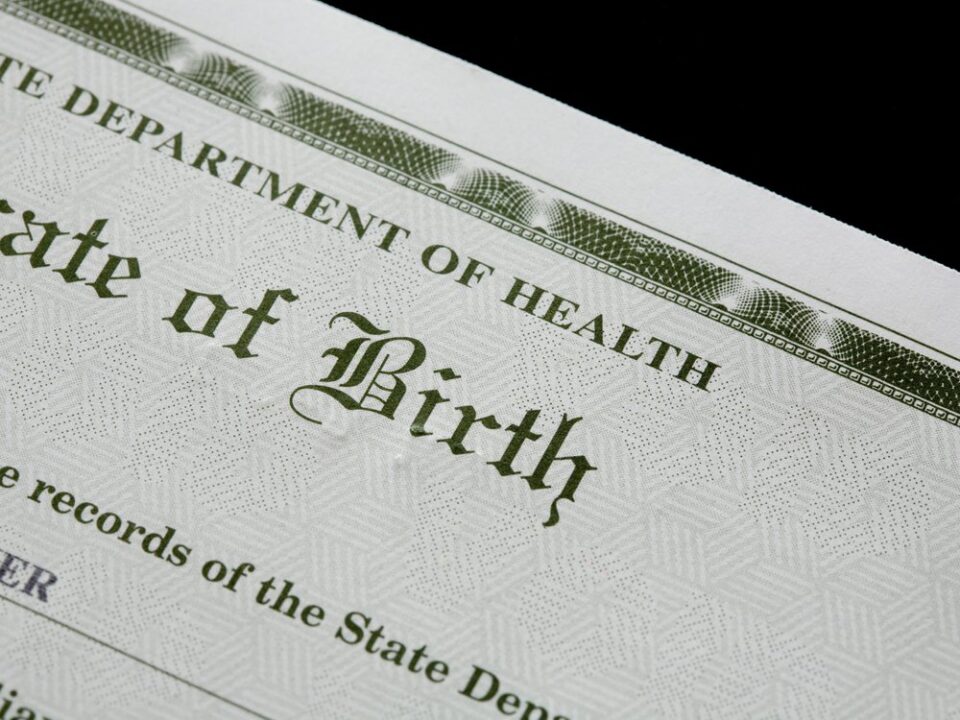
How to Create a USCIS Account Online
May 13, 2023Form I-130 is a petition for Alien Relative that you file with the U.S. Citizenship and Immigration Services — also called USCIS. This form helps an American citizen, American national, or lawful permanent resident (LPR) to establish the relationship between themselves and a foreign national relative who wishes to immigrate to the US.
The purpose of the Form I-130 is to establish a qualifying relationship between the petitioner and the beneficiary (the foreign national relative). This form is typically used for spouses, parents, and unmarried children under the age of 21 of U.S. citizens or LPRs.
Once the Form I-130 is approved, the foreign national relative may be eligible to apply for a visa to come to the United States and potentially become a lawful permanent resident.
However, it’s pertinent to note that the approval of the Form I-130 doesn’t guarantee that the beneficiary will be granted a visa or admitted to the US, as there are other requirements and criteria that they must meet. Let’s look at how to file your Form I-130 without errors.
How to avoid errors while filing your Form I-130
While filing a Form I-130 can be a complex process, there are some steps you can take to help you avoid errors when filling the form:
Carefully read the instructions
Ensure that you read and understand the instructions for Form I-130 before you start filling it out. The instructions will tell you what information is required and how you can fill out the form correctly.
Form I-130 asks if the individual that wants the green card is submitting their application within the US (using the adjustment status process) or from outside the United States (via consular processing).
However, the tricky part is that while the form lets you select the two options, it is better to select only one option. The reason for this recommendation is that it’s your answer that determines where the U.S. Citizenship and Immigration Services will send your approved application.
If adjustment of status is your choice, then USCIS often sends such Form I-130 to the National Record Center (also called NRC) to wait for a while pending the time you file Form I-485 (the adjustment of status form).
If your choice is consular processing, the Services will send your form to the Department of State’s National Visa Center (NVC).
Selecting only one option will help you avoid the problems of making an extra payment and processing delays.
Gather all necessary documents
Before you begin filling out the form, make sure you gather all the required documents, including evidence of your relationship with the beneficiary (such evidence could be a birth certificate or marriage certificate).
If you have these documents handy, it’ll make the process smoother and ensure you provide all the required information.
Complete your Form I-130 accurately
Fill out the form accurately and completely, and ensure that all the information is legible and that you provide all the required information.
Check for errors before you submit
Before submitting the form, review it carefully to be sure there are no errors. Consider checking for misspellings, typos, and missing information.
Double-check your supporting documents
Ensure that all your supporting documents are included and that they’re not only accurate but also up-to-date.
Pay the correct fee
Make sure that you pay the correct fee and include the payment with your Form I-130. You can find the fee information on the USCIS website.
Submit the form on time
Ensure that you submit your Form I-130 on time as late submissions may result in delays or even denial.
If you aren’t sure about how to fill the form, you can seek the help of an experienced immigration attorney or accredited representative. Such experts can help you navigate the process and ensure your form is filed without errors.
You learn more about how to file your Form I-130 without errors on the USCIS website.
Need to process admission and get Visa to study abroad? Send us a message now!
info@travelrify.com




